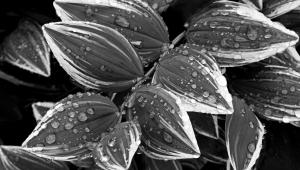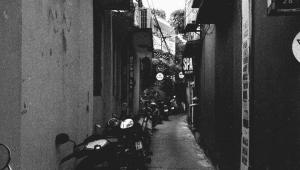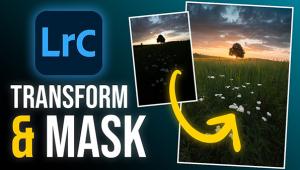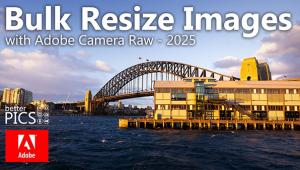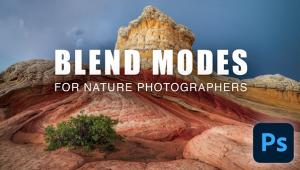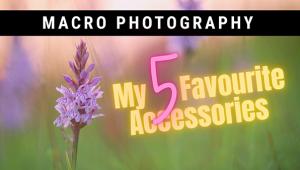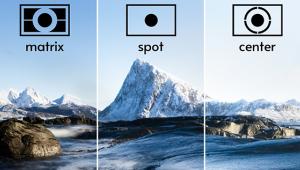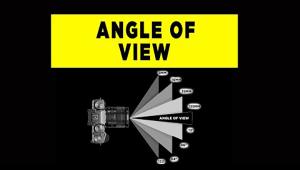Help!
Here Is A Quick Tip List On Letters For The HELP! Desk:
Please confine yourself to only one question per letter. Both postal letters
and e-mails are fine, although we prefer e-mail as the most efficient form of
communication. Send your e-mail queries to editorial@shutterbug.com
with Help in the subject header and your return e-mail address at the end of
your message. Although we make every effort, we cannot promise to answer every
HELP! letter.
When sending a response or suggestion that refers to a published letter please
include the month and page of the original question.
All postal letters to HELP! must be accompanied by a stamped, self-addressed
envelope to be considered for reply. We will respond to e-mail queries with
an e-mail.
Dichroic Dysfunction
Q. I teach high school photography. We have 17 Saunders LPL 670 MXL Dual Mode
Enlargers. We have purchased these over the last six years, two or three at
a time. When new, the color filters work fine, but with use they fall out of
calibration. The settings will vary widely from machine to machine. Some will
show strong magenta at a setting of 40, while the next will need to be cranked
up to 150 for the same strength. I have taken several apart trying to reset
the filter glass, but there does not seem to be any way to adjust the glass
inside the enlargers. The distributor is of no help. Do you know the proper
adjustment method for these machines?
Joe Baltz
Joliet Central High School, Joliet, IL
A. I sent your question to our darkroom expert Darryl Nicholas. Evidently
your problem is rather common. Here's what he said: "I have never
heard of a `calibration' technique for any dichroic enlarger...which
is probably one of the many reasons that no one who ever used one was very thrilled
with it's repeatability...between backlash in the gears and changes
in the bulb's Kelvin temperature...dichroic enlargers are simply a
paper manufacturer's dream...in that the only way to get good prints
is to make tons of test prints (using lots of paper) until you finally get lucky
and get a good one! I suspect that the filters are fading, resulting in a shift
in their color characteristics. Normally in these machines the manufacturer
uses `dichroic' filters. A dichroic filter performs its function
by reflecting all unwanted light wavelengths back to the source. But, if they
are not made correctly, the infrared heat from the source could cause the filter
to break down or deteriorate over time. And, if the manufacturer has used `absorption'
filters, the fading problem gets worse. If the manufacturer still offers them
you should simply order replacement filters and install them. Sometimes the
manufacturer will supply a simple little drawing showing how to replace the
new filters. If not, it really isn't all that difficult. Just get a screwdriver
and start disassembling the housing. If you're worried about taking it
apart, use a digital camera and take pictures of each step as you go along.
Alternately, you can use a home video camera and shoot short video clips of
each stage. Keep the screws in paper cups to prevent them from getting lost.
It is my understanding that OmegaSatter now owns and/or makes parts and accessories
for the Saunders LPL enlarger. You might try contacting them concerning replacement
filters: OmegaSatter, 1041 S. Carroll St., Hampstead, MD 21074; (410) 374-3250;
www.omegasatter.com."
Vacation Tips
Q. I am going to be taking a family vacation to the Outer Banks in North Carolina.
What are some special steps I should take to protect my Nikon D80 while on the
beach and at the airport? I have already made sure my camera pack will work
as a carryon.
Randy McNeeley
via Internet
A. Digital cameras and the spare memory cards that store images are
far easier to take along when flying than film cameras since the security detection
equipment does not adversely affect digital items as it can do to extra film
or film inside a camera. Thus, you should not have any problems with your carryon
backpack. Just be sure the LCD screen on the back is well protected from accidental
scratching with some soft material. You can purchase soft wraps (OP/TECH USA
is one firm that offers many wraps and pouches) and soft cases (Zing is one
brand and OP/TECH also has them) that will do the job. At the beach you might
want to further protect the camera stored in its soft wrap by enclosing it in
a plastic Zip Loc bag. When the camera is not being used this will protect it
from fine sand. Have a good vacation and take lots of pictures. And don't
change lenses at the beach, especially if there is any wind blowing.




